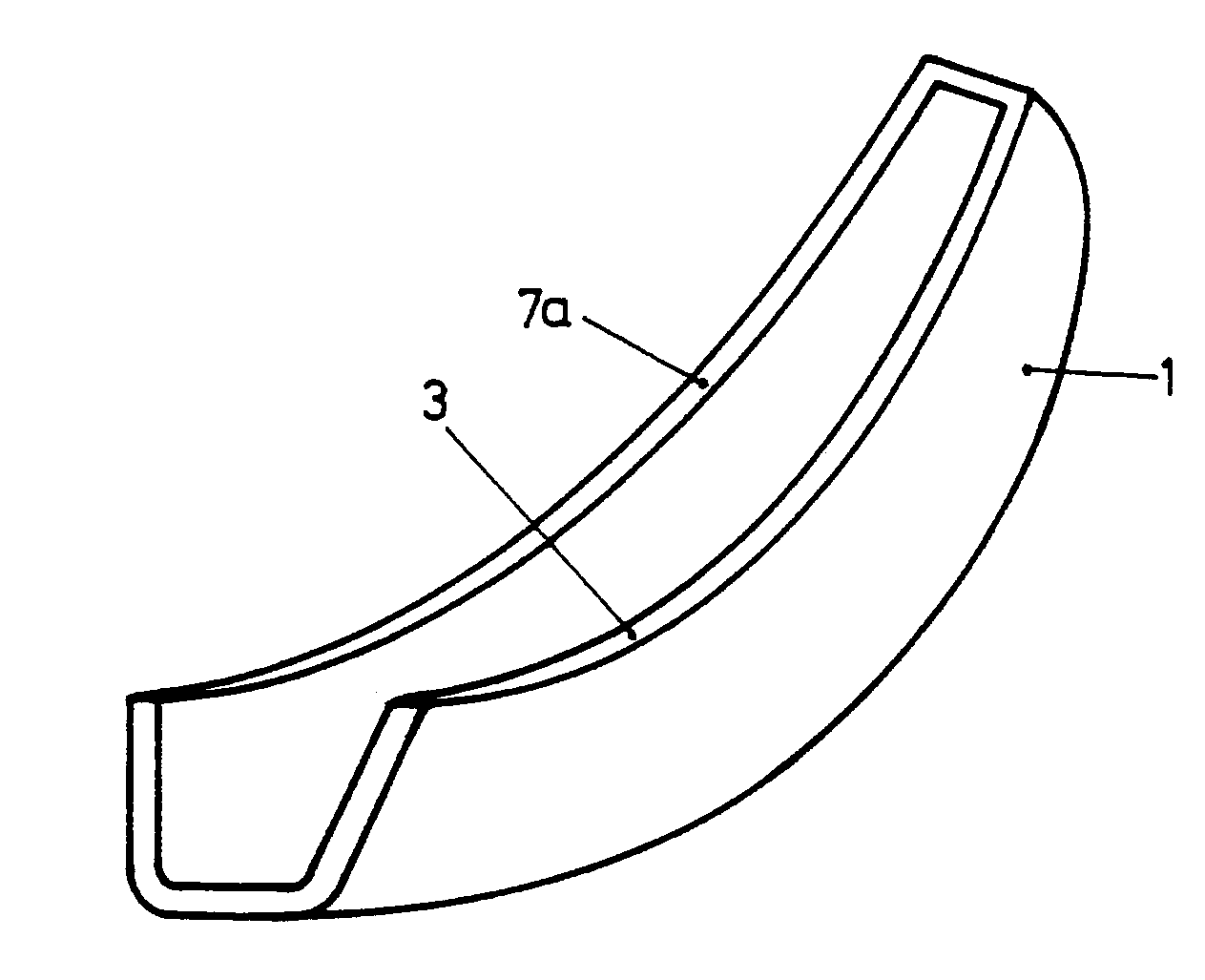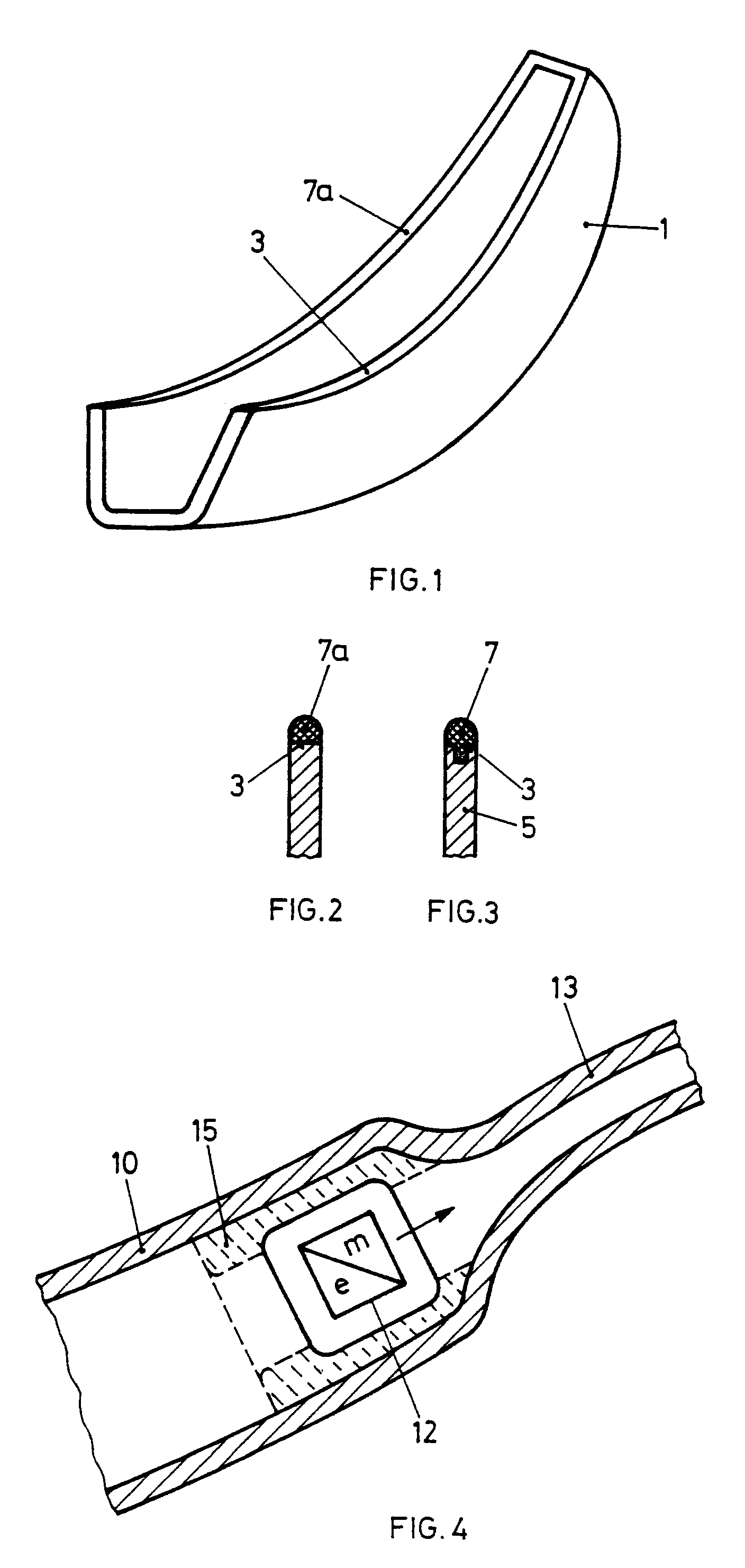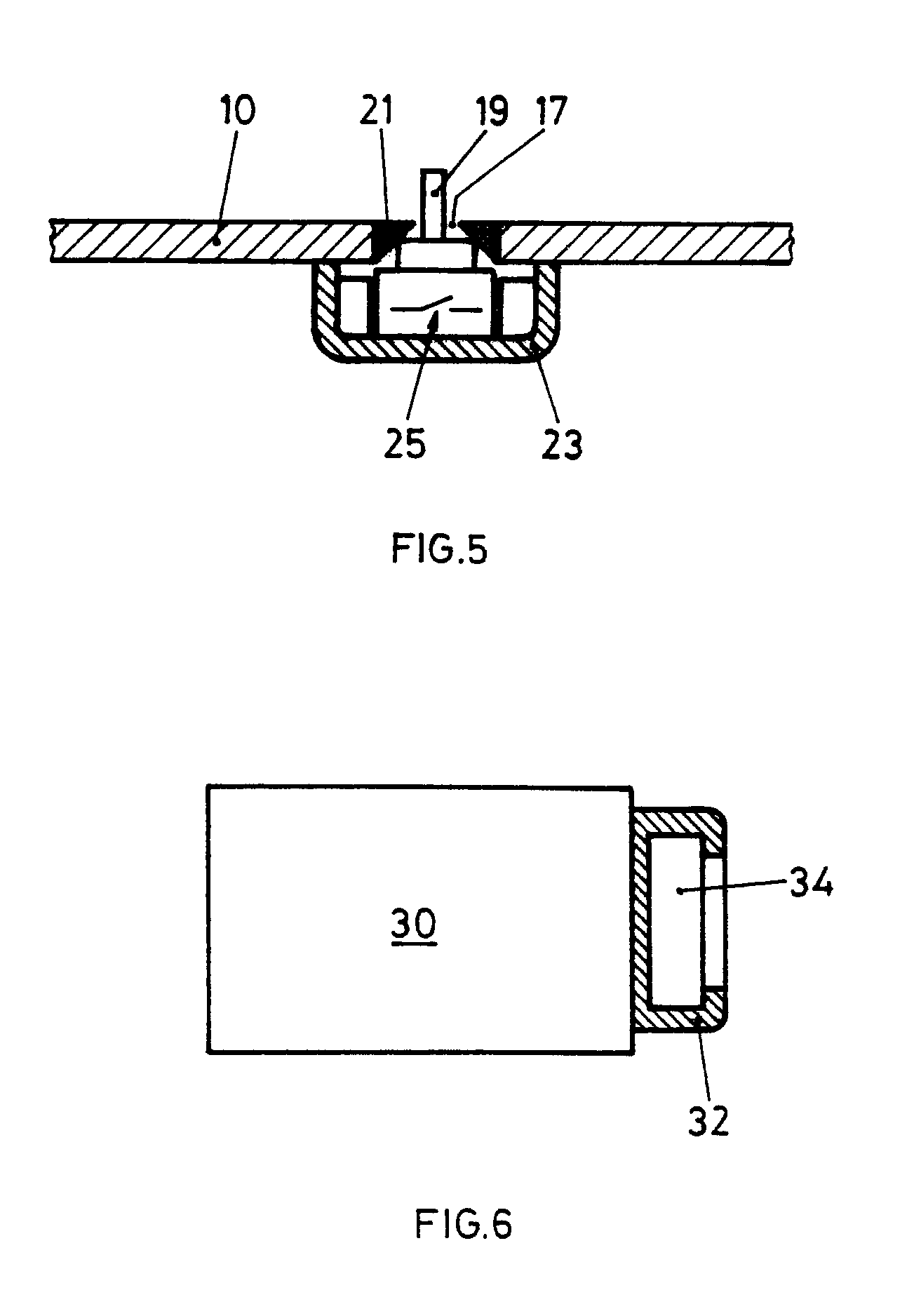Method for manufacturing hearing aids, and a hearing aid
a manufacturing method and technology for hearing aids, applied in the field of hearing aid manufacturing, can solve problems such as space, and achieve the effect of increasing the compactness of hearing aids
- Summary
- Abstract
- Description
- Claims
- Application Information
AI Technical Summary
Benefits of technology
Problems solved by technology
Method used
Image
Examples
Embodiment Construction
[0018]The discussion already given above in the introduction to the specification provide the expert with a large number of designs, depending on the hearing aid or its configuration, to jointly manufacture two or more pertinent elements by two- or multi-component injection molding, in particular also by overmolding and then to assemble them jointly into an integral part. Nevertheless preferred procedures of the cited injection molding method shall be provided below by means of several schematic examples. The actual two-component or multi-component molding procedures will not be discussed because being well known in the general manufacture of components, in particular in plastic molding and injection molding.
[0019]FIG. 1 schematically and in perspective shows the shell 1 of a hearing aid housing, for instance of behind-the-ear hearing aid. This shell will be assembled along its edges 3 to further housing portions in such manner that its inside space shall be tightly sealed along the...
PUM
 Login to View More
Login to View More Abstract
Description
Claims
Application Information
 Login to View More
Login to View More - R&D
- Intellectual Property
- Life Sciences
- Materials
- Tech Scout
- Unparalleled Data Quality
- Higher Quality Content
- 60% Fewer Hallucinations
Browse by: Latest US Patents, China's latest patents, Technical Efficacy Thesaurus, Application Domain, Technology Topic, Popular Technical Reports.
© 2025 PatSnap. All rights reserved.Legal|Privacy policy|Modern Slavery Act Transparency Statement|Sitemap|About US| Contact US: help@patsnap.com



